|
Most of us know that our breath functions automatically most of the time. This function---breathing without thinking---is controlled by the autonomic nervous system in one of the oldest parts of our brain: the brain stem, located at the base, where the spinal chord turns into the brain.
Most of us also know that we can control our breath consciously, choosing the speed at which we breathe and even stopping it altogether, for a short while at least. This conscious control of our breath is done by the somatic nervous system, the part that controls voluntary functions like walking, writing or playing baseball. It is located on the surface of the brain at the very back of the frontal lobe, in a place called the motor cortex. Whenever we consciously control our breathing, the motor cortex overrides the brain stem. This process takes a lot of effort from the brain, which is why it has the effect of focusing us. As an experiment, try to control your breath while doing a math problem in your head. It is difficult. When we consciously control the breath, the brain becomes still. This phenomenon is one of the key principles of pranayama (breath control) and even the most simple breathing exercises. Even for a true beginner, counting the breath or trying to control it at all calms the mind and leaves them feeling very focused.
1 Comment
Uddiyana and Nauli are traditional yogic practices. They date back more than 500 years to at least the Hatha Pradipika.
To do Uddiyana, one holds the breath out and then expands the ribcage as if inhaling. What results is a vacuum in the abdomen which sucks the belly, intestines and organs up. Uddiyana means 'flying up.' "This practice is called Uddiyana because the diaphragm is made to fly up from its original position and held very high in the thoracic cavity." (Yoga Mimamsa, Vol. 1, Oct. 1924) In the early 1920s, Swami Kuvalayananda began a school and laboratory, using modern scientific equipment to test traditional yogic practices and publish the results. His newsletter is Yoga Mimamsa, which started in 1924 and continues today. The first edition was dedicated to the study of Uddiyana. They performed two ground-breaking studies, one involving early X-Ray technology to view the intestines, and the other measuring the internal pressure of the abdominal cavity during Uddiyana. "This exercise has been studied under the X-Ray. Very interesting and valuable data have been collected. Two X-Ray experiments are published...and an article discussing the therapeutic value of this Yogic practice is included..." (ibid.) The pictures above are from the 1960s, when Dr. Gouri Shankar Mukerji performed a similar experiment. These pictures are much clearer than the ones from 1924, which is why we post them here. The x-rays from 1924 are cloudy and difficult to discern. In the above pictures, one can clearly see that Uddiyana pulls the intestines and organs up into the thoracic cavity. The second test measured pressure in the intestines and rectum during the practice. They found that internal pressure is reduced, creating a partial vacuum. "As soon as the muscles were moved for Nauli, the mercury fell through 40 mm. indicating a clear partial vacuum." (ibid.) The discovery of this vacuum was significant, since scientists of the time hypothesized that Nauli reversed the peristaltic movement of the intestines, which would be detrimental to health. The discovery of the partial vacuum refuted this idea. Kulvalayananda named his discovery the "Madhavadasa Vacuum," after his esteemed teacher. The Sit-Up that we often do in this lineage of yoga - starting flat on the back with the arms overhead and legs straight, then sitting all the way up and touching the head to the knees - is more complex than it looks. It requires strength in two major muscle groups: those of the abdomen, specifically the rectus abdominis (6-pack) and the psoas, which crosses the hips.
INHALE OR EXHALE
The question often arises, "should I inhale or exhale while doing a sit-up?" The answer is clear: You should exhale. In a recent New York Times article about the remarkable abs of USA olympian Adam Rippon, Rippon's trainer Steve Zimm said, "Breathing is everything when it comes to abs. If you want ripped abs, you need to allow them to contract. Before every move, breathe out. Pull your belly button into the spine and continue breathing out as you’re contracting, so your abdominal wall is sinking into you." Not surprisingly, Bishnu Ghosh agrees. In his book Yoga Cure he instructs: "Start from lying position with arms stretched beyond your head, exhale and hold your breath and then raise your upper body..." Our recent blog about the myth of oxygenation got a big response. Lots of surprise, some disbelief and a lot of requests for more information. Specifically, if deep breathing does not have a positive impact on our oxygen levels, why do we do it?
There are three huge benefits to practices of breathing: activating and balancing the muscles of breathing, which in turn affects the nervous system; balancing the hemispheres of the brain through the nostrils; and awareness and minor control of the breath-regulating parts of the brain. THE MUSCLES & THE NERVOUS SYSTEM You may have heard that some people are belly breathers and some are chest breathers. Most of us have at least a slight imbalance between the abdomen and chest, while others have extreme imbalance. This doesn’t necessarily have an effect on our ability to get oxygen, but it does have an impact on our nervous system. Generally speaking, abdominal breathing that uses the diaphragm and relaxes the abdominal muscles stimulates the parasympathetic nervous system. The opposite is true for chest breathing that uses the intercostal muscles. This stimulates the sympathetic nervous system. Neither of these is a problem until our breathing patterns become imbalanced and we breathe primarily through only one of the systems. When years or decades go by, one part of the nervous system chronically gets stimulated while the other gets suppressed. Belly breathers will be more relaxed, sleep more, have lower body temperature, be more lethargic. Chest breathers will be more energetic, more stressed, warmer, sleep less. It is vital for progress in yoga to have balance in the nervous systems. So the first step of breathing practice is to learn to use both parts of the breath, strengthening the muscles and evening the nervous systems. BRAIN HEMISPHERES The olfactory nerves in the nose go straight to the brain. They have the most direct connection to the brain of any of the senses, so their stimulation through the nostrils is potent. The breathing practice of Alternate Nostril, which goes by many names, is one of the oldest yogic techniques. By alternating which nostril we breathe into, we vary the hemisphere of the brain that we stimulate. This has a further effect on the sympathetic and parasympathetic nervous systems, and goes even further to balancing the dual nature of the body and mind. PARTS OF THE BRAIN The breath is controlled by the brain stem, the oldest part of our brain. Most of the time, we breathe with no conscious thought. But the newer parts of the brain, specifically the cortex, have the ability to override the brain stem to some extent, especially with practice. This awareness and control is very difficult and not appropriate for beginning practitioners, but it is the ultimate reason for breathing practices. Gradually we come to realize the true nature of the breath, which brings us closer to realizing the true nature of the self. (Apologies for the abstract yogi talk, but I don’t know of a clearer way to put it.) IN CONCLUSION So breathing is powerful. If we use it correctly it has the ability to balance our nervous system, the hemispheres of the brain, and even put us in touch with some deep and essential parts of our being. To me, this is all way more exciting than oxygenating the body!! How many times have you heard a yoga teacher tell you that deep breathing "oxygenates the blood?"
It isn't true. At the very least it is misleading. Our nervous system forces us to breathe at the necessary rate to fully oxygenate our blood at all times. This is true when we're resting as well as when we're running a marathon. The body's oxygen requirements are different depending on our activity, and the nervous system automatically adjusts to oxygenate the blood fully. Normal blood oxygenation is 95-100%. When we are at rest, we breathe slower since the body's oxygen demands are less. Breathing more or deeper while the body is at rest does not "oxygenate" the blood. It hyper-ventilates, which is just a way of saying breathing (ventilating) more than necessary. Anytime we breathe more than the body requires, the big change we are causing is the removal of carbon dioxide, one of the body's metabolic wastes. Hyperventilation removes more carbon dioxide than the body produces, and this leads to a whole host of physiological effects. Most significantly, the blood vessels in the brain constrict, limiting blood flow to the brain. This makes us light-headed. So that light-headed feeling you get when breathing deeply isn't energization or "oxygenation," but constricted blood vessels in the brain. Your brain is actually getting less oxygen than if you were to breathe normally! The muscles of the body most often use concentric contraction to create movement. This means that a muscle shortens as it contracts, pulling the skeleton into position. For example, in backward bends the erectors of the back contract and shorten, and the spine bends backward. In forward bends, the rectus abdominis (6-pack) shortens and contracts to bend the spine forward. This type of contraction is also how we walk, run, stand up and do many other basic functions.
So why are our legs so sore after poses like Standing Bow, Standing Separate Arms Balancing Stick (pictured) or Standing Splits? These poses require eccentric contraction, meaning that a muscle lengthens as it contracts. The hamstrings of the standing leg eccentrically contract in these balancing postures, bearing the weight of the upper body as we tilt forward on the hip. The hamstrings must contract to keep the body from collapsing forward. It is a common misunderstanding that the standing leg hamstrings should relax in Standing Bow or the others. This couldn’t be farther from the truth; the hamstrings actually do most of the work. This complexity—asking the hamstrings to lengthen even as they hold the weight (eccentric contraction)—makes the muscles a lot more sore than concentric contraction. Stretching Posture (Paschimottanasana, pictured above left) and Forehead to Knee Posture (Janushirasana, pictured above right) are often grouped together and thought of as similar postures. It seems like one is just the two-legged version of the other. But they work differently in the body, targeting completely different layers of the tissue system. Stretching Posture lengthens the back of the body in a straight line, more or less. Up the back of the legs via the hamstrings and up the back via the erectors of the spine. This is pictured above in figure "a."
The defining characteristic of Forehead to Knee Posture is the bent leg. The hip rotates and opens (abducts) while the knee bends. That is how we get the foot near the groin. This action completely changes the tissue relationships on the back of the hip and pelvis. It lengthens the gluteus maximus (butt muscle) and tightens the IT (ilio-tibial) tract, a super tough band of tissue that runs down the outside of the leg and across the knee. See figure "b" above. Next time you do Forehead to Knee Posture, pay attention to your bent hip, knee and the outside of the leg. Notice the relationship between the leg and the spine. It is more complex than Stretching Posture. 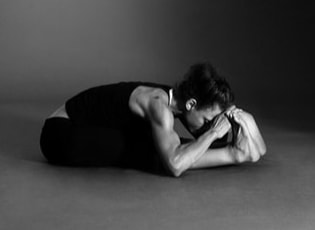 Paschimottanasana with a flat spine Paschimottanasana with a flat spine There are a couple different ways that forward bending postures --- including Paschimottanasana, the seated forward bend --- are taught. Some teach the posture with the back as flat as possible, tilting the pelvis forward significantly, reaching the head toward the feet and perhaps even pulling with the arms. This method (pictured to the left) has become more popular in recent decades with the rise of yoga competitions, yoga photography and the integration of contortion into yoga practice. The other way to execute the posture is to allow the spine to bend forward, perhaps even encouraging it, and placing the head down on the legs near the knees. This is what one might call the "traditional" way to execute the posture. There is evidence for this method in historic yoga texts, ample precedent in the Ghosh lineage, and good reason for it in the body's anatomy. HISTORY Paschimottanasana is one of the oldest postures in the yoga canon, dating back at least 500 years. In the Hatha Yoga Pradipika, one of the foundational texts of hathayoga from about 1500 CE, this posture is instructed as follows: "when one sits with his forehead resting on the thighs, it is called Paschimottanasana."
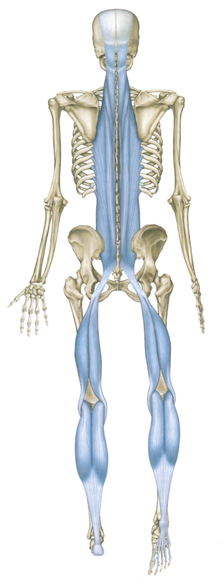 Superficial back line of fascia (from Anatomy Trains) Superficial back line of fascia (from Anatomy Trains) ANATOMICAL Last but not least, there is good anatomical reason for bending the spine in this posture, as opposed to straightening it and reaching the head toward the feet. On the back of the body is a path of connected tissues called the Superficial Backline of fascia. It extends from the toes across the bottoms of the feet, up the backs of the legs across the back of the pelvis, up the back of the spine and neck, and over the top of the skull (pictured left). The physical purpose of Paschimottanasana is to lengthen the back of the body. Its name even means "backside stretch." This includes the feet and calves, the hamstrings, the entire spine and the neck. You can clearly see the connected nature of all these parts in the fascia of the backside. This is why the posture intensifies when you pull your toes back or drop your head. Both actions affect the entire backside of the body. If we practice this posture with a flat spine, we shorten the backside from the pelvis to the head, losing half of the posture and putting extra pressure on the lower half. This lengthens the hamstrings extremely, sometimes leading to hamstring or hip injury, while neglecting length in the spine and the integration of the body as a whole. CONSIDERATION
It is possible that forward bending can be detrimental to bulging, herniated or degenerated discs in the lower spine. In these cases, it is best to avoid bending the spine forward, even skipping postures like Paschimottanasa altogether. The sixth and final of the 6 abdominal engagements is twisting. Twisting is great for the intervertebral discs of the spine. Their pressure increases when we twist, drawing circulation and nutrition upon release. This is of vital importance for a part of the body that doesn't have its own direct blood supply.
OBLIQUES The strongest muscles that the body uses to twist are in the abdomen: the external and internal obliques. These are the muscles to the sides of your 6-pack. The external obliques connect the sides of the ribs to the pelvis and the middle of the body (pictured above left). When we twist to the right (right shoulder goes back), the left external oblique engages along with the right internal oblique. You can feel this as a tightening on the left side of your abdomen as you twist to the right, essentially pulling your left ribs toward the center. SPINAL MUSCLES There are also some muscles in the spine that are essential for twisting and dynamic stabilization, the multifidi and the rotatores. They are pictured above right, with the multifidi on the left side of the spine and the rotatores on the right. DON'T JUST PULL The biggest mistake we make when twisting is using our arms to pull us, essentially relaxing all the twisting muscles of the body and stretching them. This is beneficial for tight muscles, but it fails to strengthen these vital tissues in any meaningful way. Next time you do any twist, whether it is standing, bending, seated or lying, don't use your arms. Only use your twisting muscles. You won't go as "deep," but the integrity of your movement will improve. You will build functional strength at the same time as you build mobility and flexibility. This type of muscular action encompasses (starting below, top left) Twisting Triangle, Side (Twisting) Crow, Side (Twisting) Crane, Archer, Reverse Spinal Twist, Seated Spinal Twist Learning to control the breath separately from muscular engagements is the beginning of profound mental change that propels us beyond the practices of asana.
The practice of Nauli accomplishes 5 important things: 1) It strengthens and balances the abdominal muscles. It reveals and slowly heals imbalances of the rectus abdominis (6-pack), and awakens the transverse abdominis—the large but often ignored muscle vital for breathing, holding the intestines and organs in, and supporting the spine. 2) The thoracic (chest) vacuum reduces the pressure in the intestines, stomach and rectum, encouraging movement and improving digestion and elimination. This also helps prevent prolapse of the organs and rectum. 3) The suction of the abdomen into the chest cavity improves the relaxation and range of motion of the diaphragm, our main muscle of breathing that is difficult to access through other exercises. 4) External breath retention (holding the breath out) stimulates the parasympathetic nervous system, lowering the heart rate and stimulating digestion, relaxation and immune function. 5) It refines the control of our nervous system, teaching us to separate the muscles of breathing from the in- and out-flow of air. The first four stages of Nauli are: 1. 4-Part Breath 2. Uddiyana 3. Agni Sara 4. Engagement of the rectus abdominis It is important to have good control over each stage before progressing to the next, as each stage is built on the previous ones. NOTE Nauli is best practiced first thing in the morning, before eating and after emptying the bowels. The emptier the stomach and intestines, the more comfortable and effective Nauli will be. This is an excerpt from the Advanced 1 Practice Manual. |
AUTHORSScott & Ida are Yoga Acharyas (Masters of Yoga). They are scholars as well as practitioners of yogic postures, breath control and meditation. They are the head teachers of Ghosh Yoga.
POPULAR- The 113 Postures of Ghosh Yoga
- Make the Hamstrings Strong, Not Long - Understanding Chair Posture - Lock the Knee History - It Doesn't Matter If Your Head Is On Your Knee - Bow Pose (Dhanurasana) - 5 Reasons To Backbend - Origins of Standing Bow - The Traditional Yoga In Bikram's Class - What About the Women?! - Through Bishnu's Eyes - Why Teaching Is Not a Personal Practice Categories
All
Archives
April 2024
|
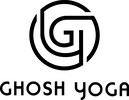
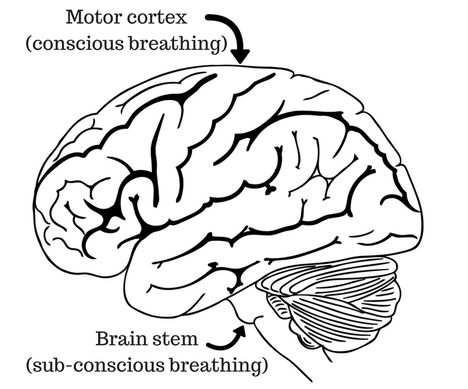
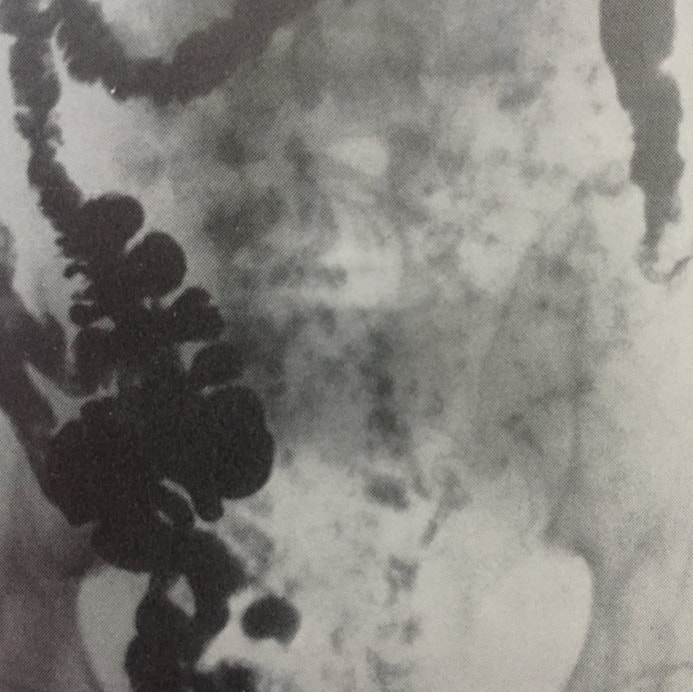
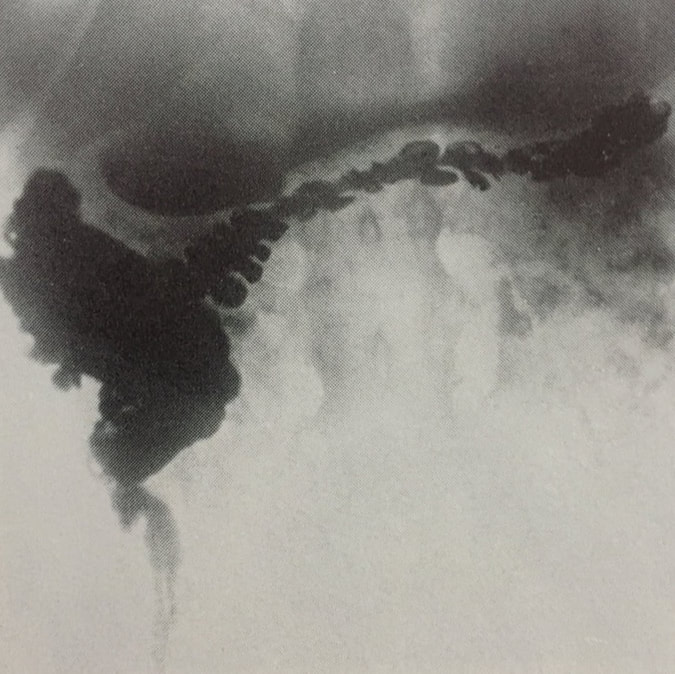
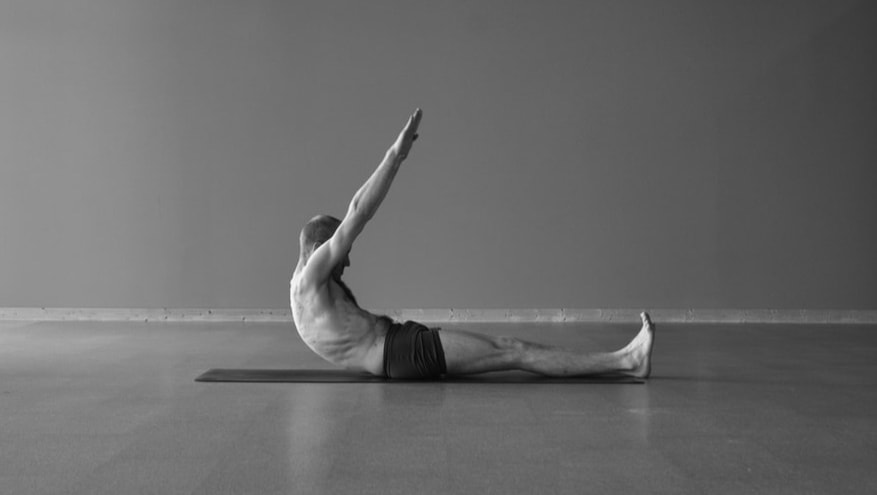
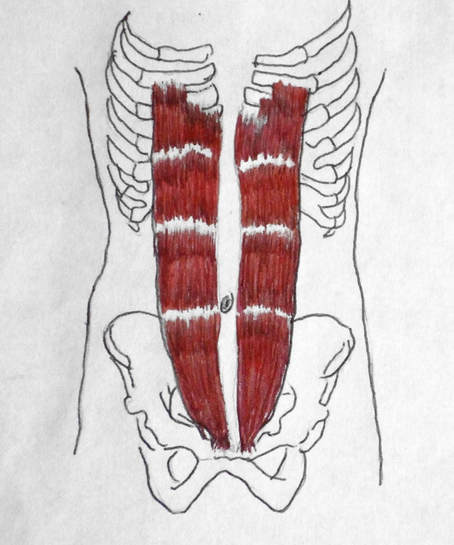
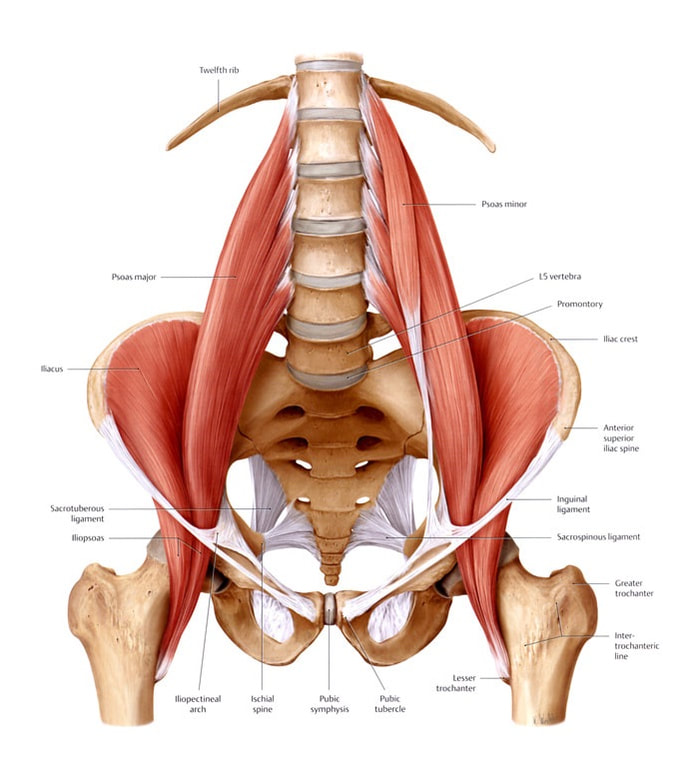
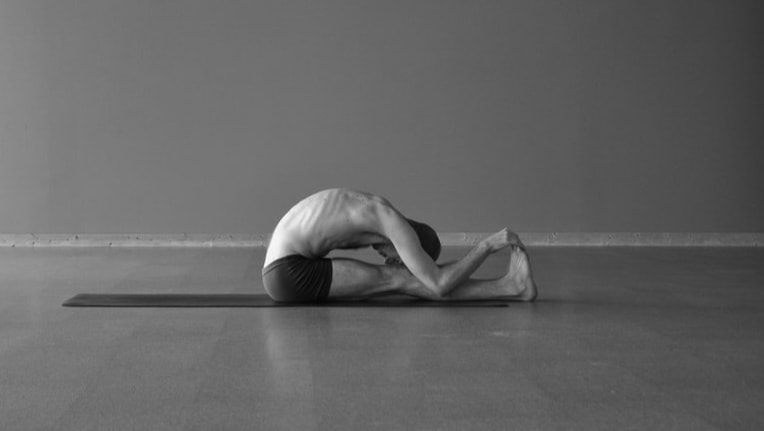

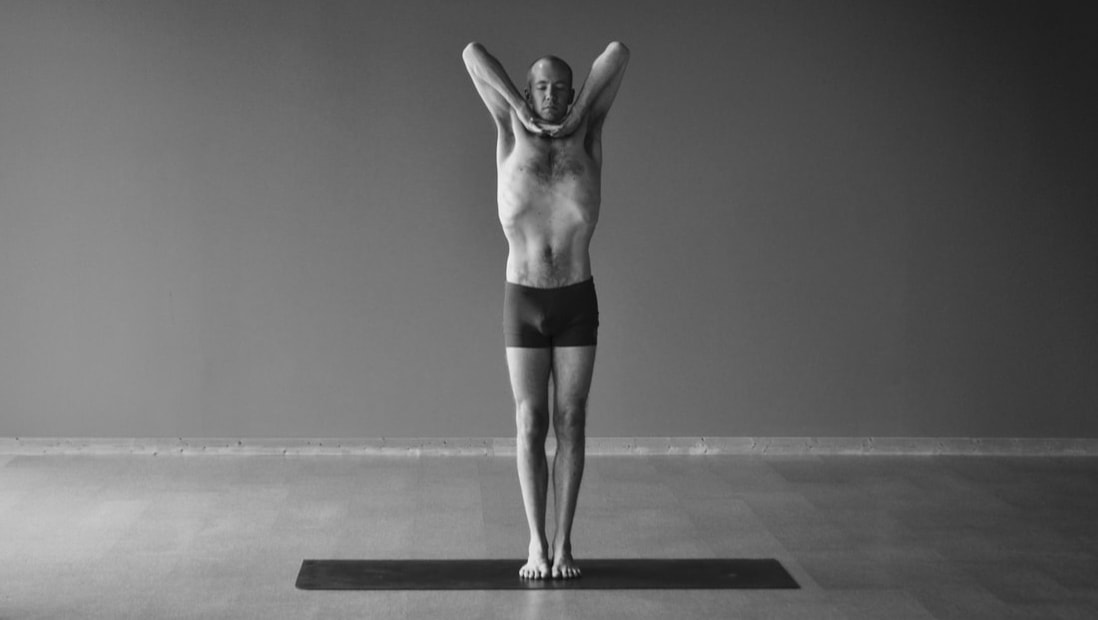
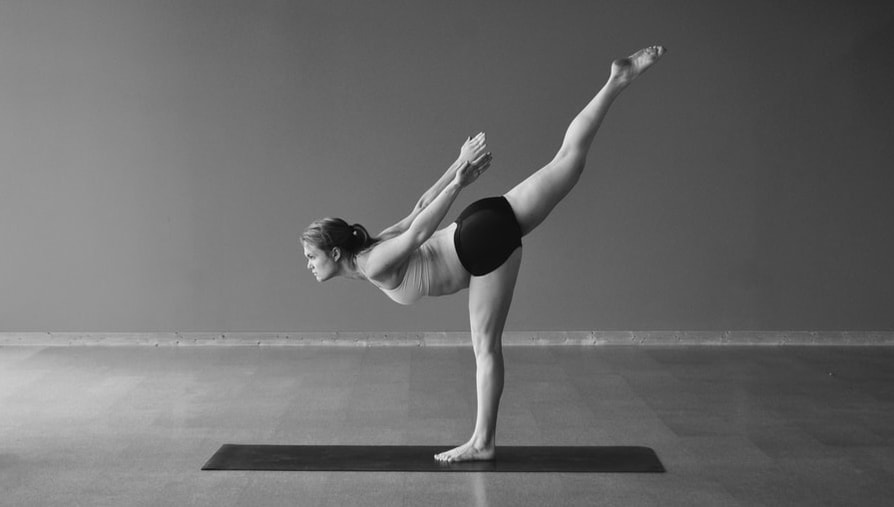
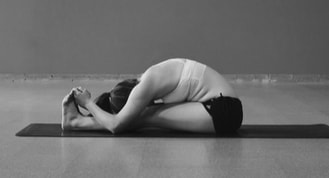
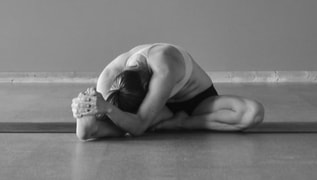
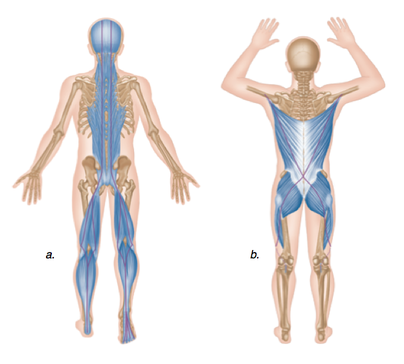
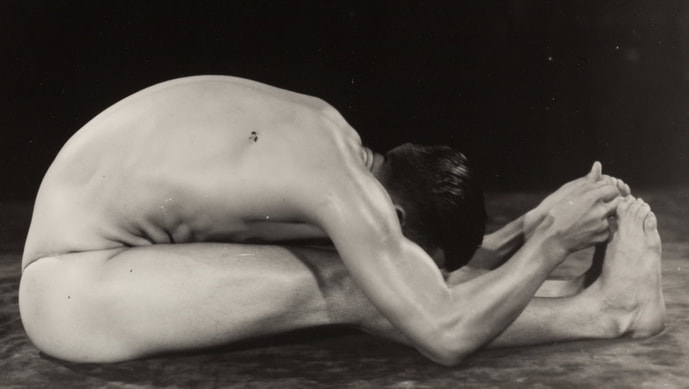
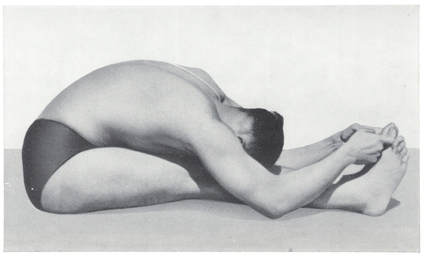
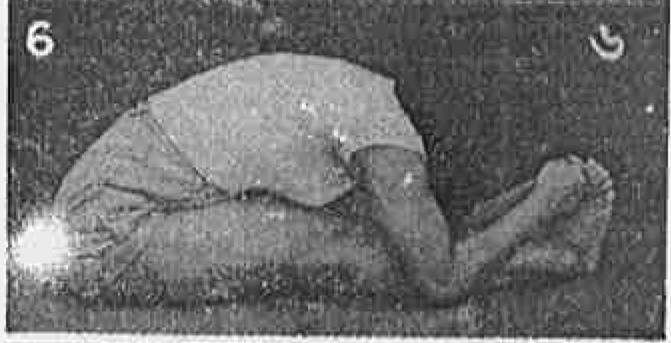
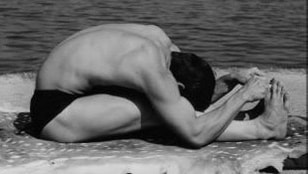
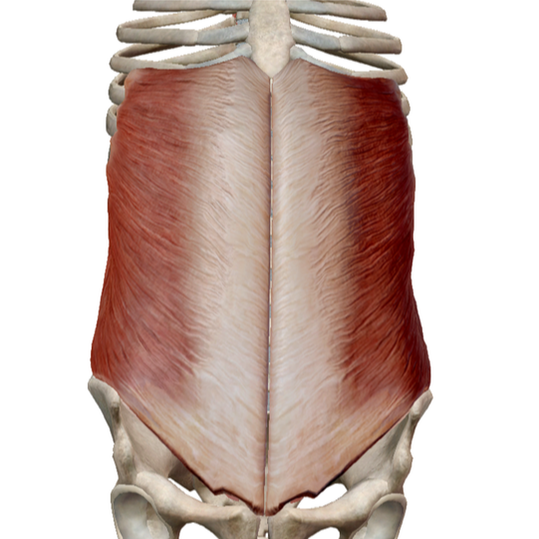
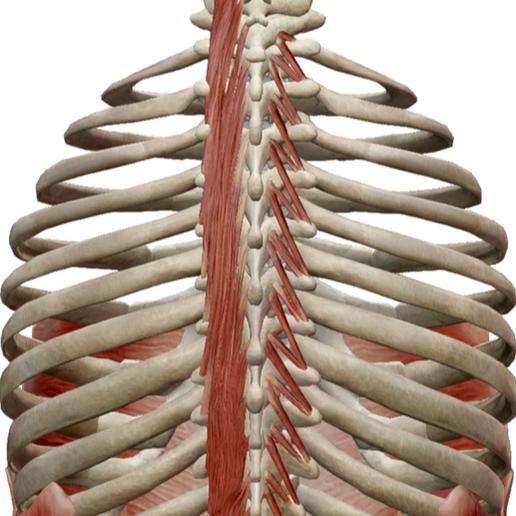
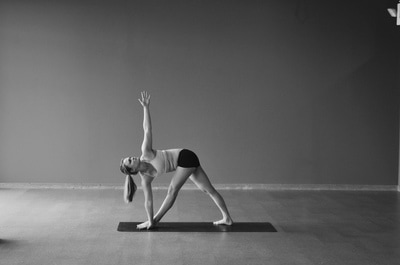
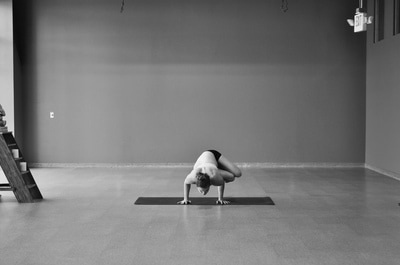
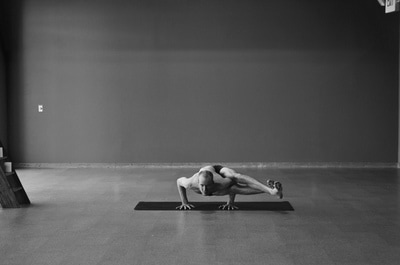
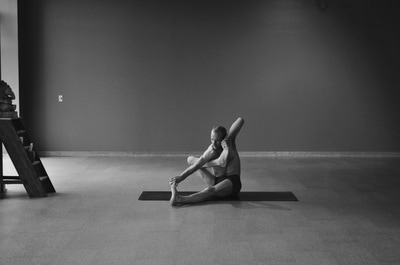
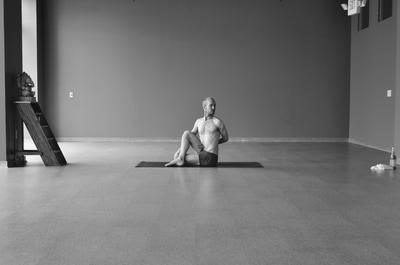
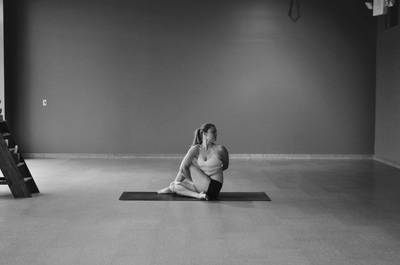
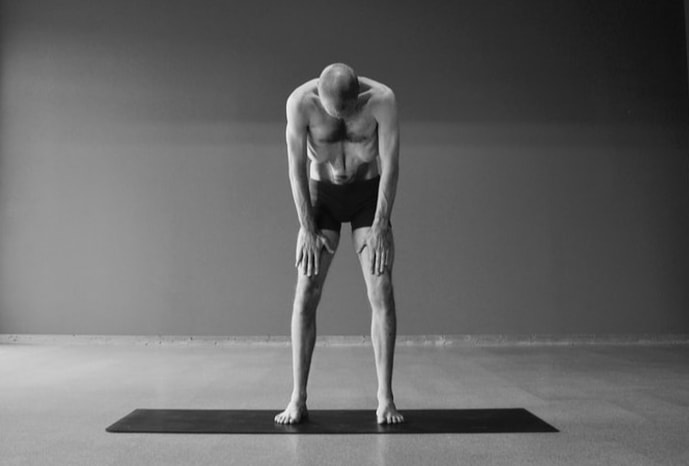
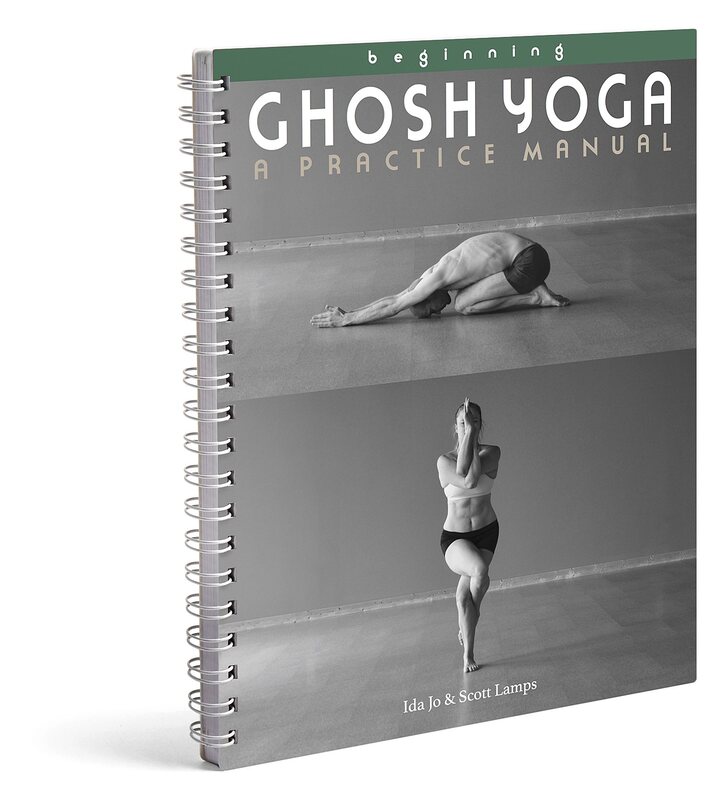
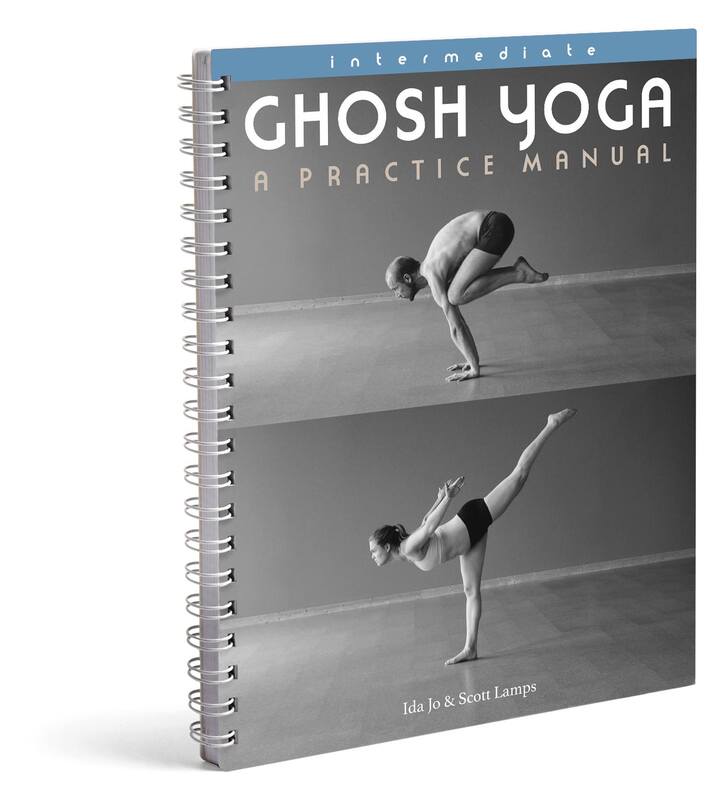
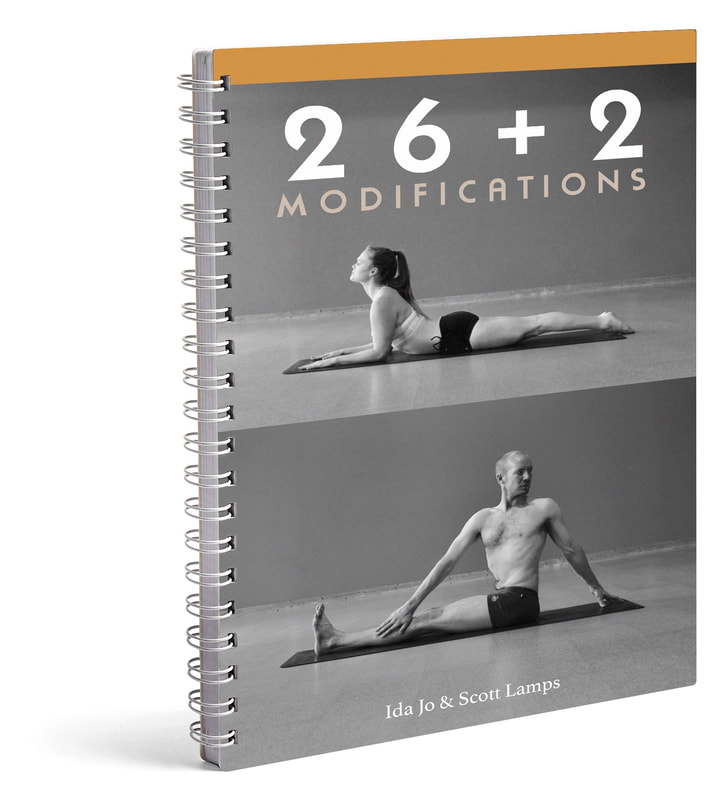
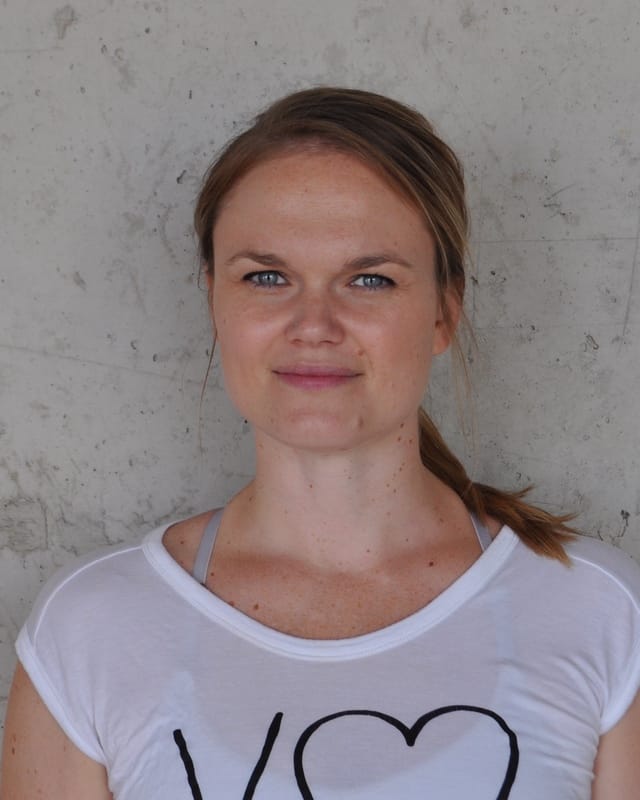
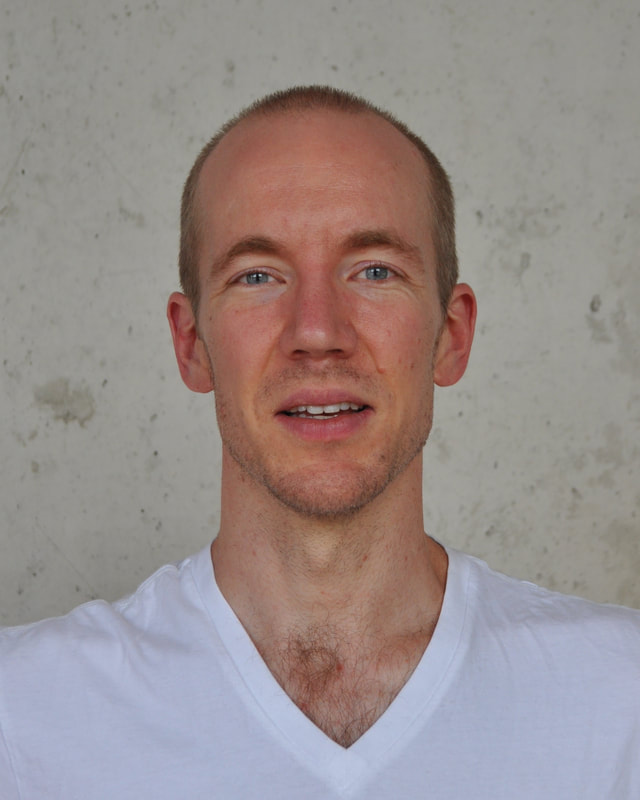
 RSS Feed
RSS Feed